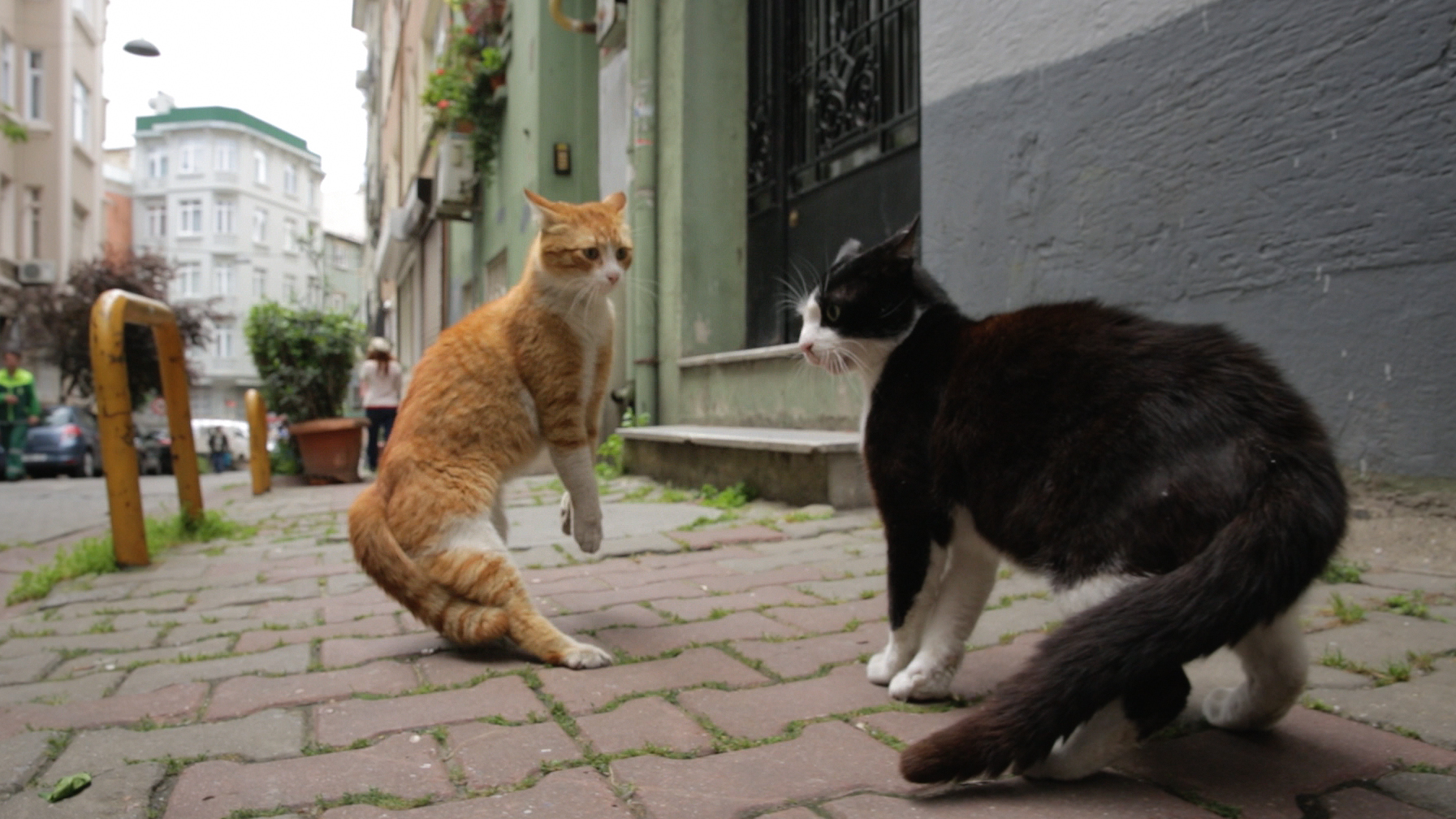Botero
(Canada, 84 min.)
Dir. Don Millar
The art of Fernando Botero has a peculiar, if distinctive, shape. His paintings, drawings, and sculptures share virtually the same figures and traits. They feature rotund characters in classically styled portraits. Think the Mona Lisa with three chins, chubby cheeks, a pear-shaped figure, and an overall doughy personality. Botero, the documentary by Don Millar, argues that the Colombian-born painter and sculptor is the most famous artist working today. But does this claim mean that Botero is any good?
Millar obviously adores Botero. His documentary is the work of a true fan. He clearly has both a deep appreciation for art and a firm understanding of it. The film is an aficionado’s ode to an artisan who enriches the lives of the masses and the cultural elites alike. Botero profiles the artist’s life and career to tell a rags to riches story about an outsider who worked on the fringes, refining his style away from the institutions, only the swing the cultural tide to his side and redefine the canon altogether.
The film receives intimate and remarkable access to Botero and his family. Millar, a long-time friend of Botero and his family, has a comfortable relationship with his subject. That observation is, of course, a double-edged sword that might infuriate members of the academy in the same fashion that Botero’s art does. The film is accessible, enjoyable, and pleasing, but it’s sure to invite some skepticism.
One immediate shortcoming of this family affair is that it limits the conversation. For a film that claims to cover the most significant living subject in the art world, the scope of interviewees doesn’t adequately support the case. Most testimony in the film comes from either the artist, one of his children, or a member of his extended family. To the credit of Botero’s offspring, they display evidence of an upbringing that immersed them in the arts. They understand the craft, history, and larger critical discourse in which Botero operates. Botero’s daughter Lina, an executive producer on this film, is Millar’s best asset in addition to the man himself. She guides Millar through her father’s archives, converses with peers well-versed in Botero’s craft, and highlights his technique with affectionate insight.
Similarly, Botero’s kids support the fairy tale element of the artist’s early years. They reflect upon a father who was devoted to his kids and taught them to appreciate life beyond material wealth. They’re all starving artists at heart.
Botero uses the subject’s family to illuminate a difficult chapter in the artist’s life. Millar’s film looks at Botero’s series of portraits depicting his late son, Pedro. Botero’s sons, Fernando (a politician of considerable rank) and Juan Carlos, recall how he was absolutely devastated when his youngest child was struck by a car and killed at the age of four. This sequence looks at Botero’s portraits of Pedro and unpacks their poignant symbolism. Millar’s film finds a touching look at an artist’s ability to channel his grief into his work and use his craft to mourn his lost son while giving him eternal life.
Similarly, as Millar’s film observes Botero’s rise in popularity, it highlights the artist’s ability to make the personal universal. This element of Botero’s philosophy echoes throughout the film. Particularly when Millar looks at the success of Botero’s sculptures, which overtook the Champs-Élysées in Paris (a first) and then stormed China, the film suggests that the soft and light touch of the artist’s work puts him in a unique position that defies categorization with any movement.
However, while making a fair case for Botero’s success, the film sidesteps the completely derivative nature of his work. Millar, the family, and the artist celebrate Botero’s reconfiguration of classical works into likenesses with portly subjects. On one hand, the doc suggests that Botero critiques institutions like the Catholic Church by removing artistic subjects from the level of divinity and anchoring them to Earth. (“Subversive humour,” and all that.) But on the other hand, a more objective approach might have answered the questions raised by Botero’s work, such as the political incorrectness of his style that conflates a person’s size with his or her comedic value.
The film includes one dissenting voice, Rosalind Krauss of Columbia University, who likens Botero’s work to the Pillsbury Doughboy. Krauss makes some valid and necessary arguments about the pointlessness and silliness of Borero’s “art.” However, the doc frames her like a token naysayer while Botero and his kids dismiss the critics as art snobs. Krauss’s argument is fair and it’s one that Botero might best have considered: nearly every piece of Botero’s work is a loose variation of something else in his portfolio. Many of his pieces are personalized likenesses of pre-existing artworks. While Millar’s doc champions Botero as the artist of his generation, it overlooks the fact that he’s just a step above Mr. Brainwash, that popular Banksy rip-off who audiences saw churning out piece after piece in Exit from the Gift Shop. The film likens Botero to a contemporary Picasso, but it omits the world of pop art with which he might be more appropriately aligned.
What the Botero chicks and the chorus of admirers don’t confront is the role of originality in art. A painting or a sculpture shouldn’t require a reference to a masterpiece to achieve the same status. Implicit in this look at Botero is his stunted potential while pleasing the masses. This sentiment makes the final act of the film both rewarding and frustrating as Millar looks at later works in which Botero used his platform to confront social issues. Provocative artwork depicts a nation besieged by the violence of Pablo Escobar Doughboy and the crimes committed in Abu Ghraib prison. There’s a true voice in some of these pieces that isn’t as apparent in other works despite his obvious technique.
There is also another documentary about the relationship between artistic integrity and commercial success just beneath the surface of Botero screaming to get out. The film might not definitely answer whether Botero is a virtuoso. However, it certainly invites the question of what distinguishes a great artist from an assembly line—or welcome audiences to define greatness however they prefer.
Botero opens at Hot Docs Ted Rogers Cinema on Jan. 10.











